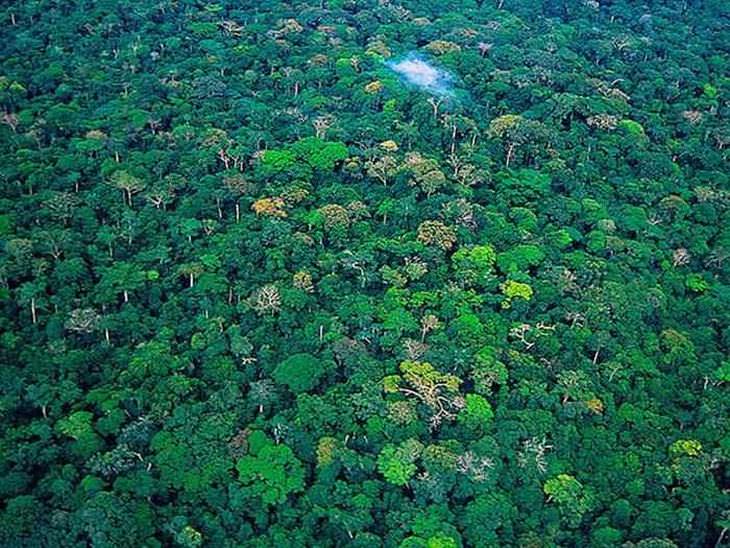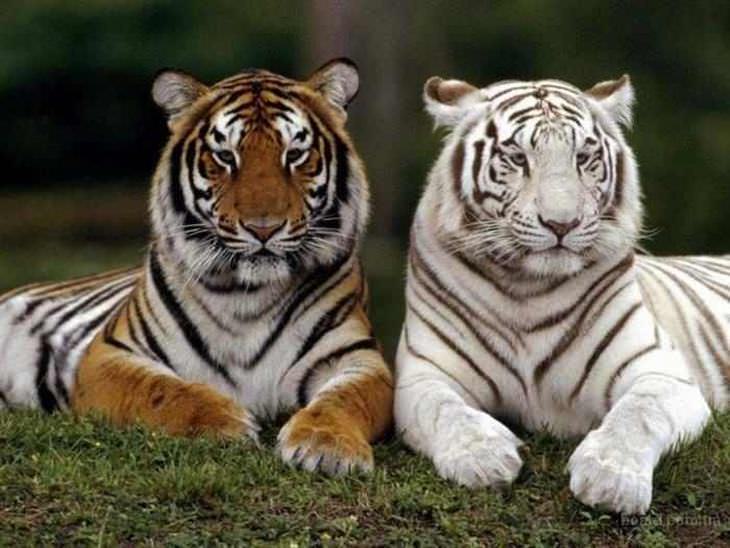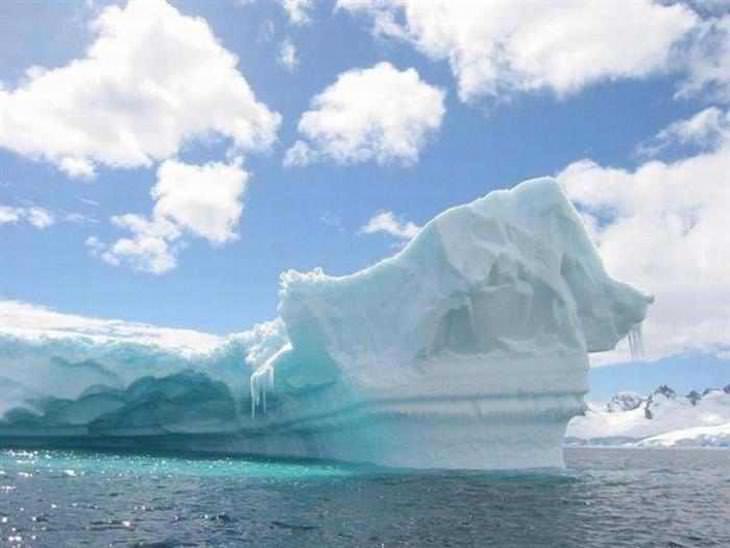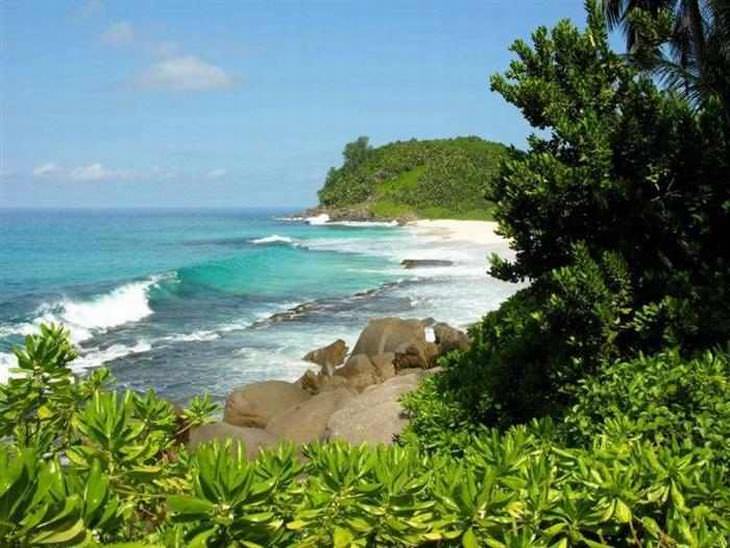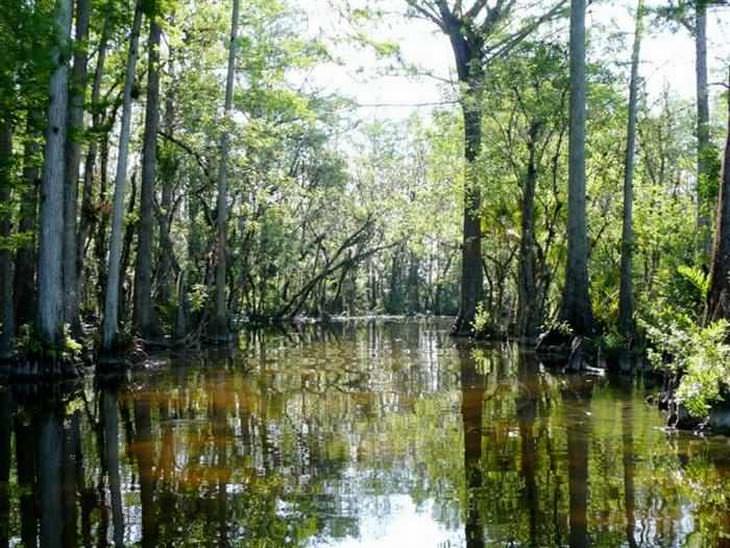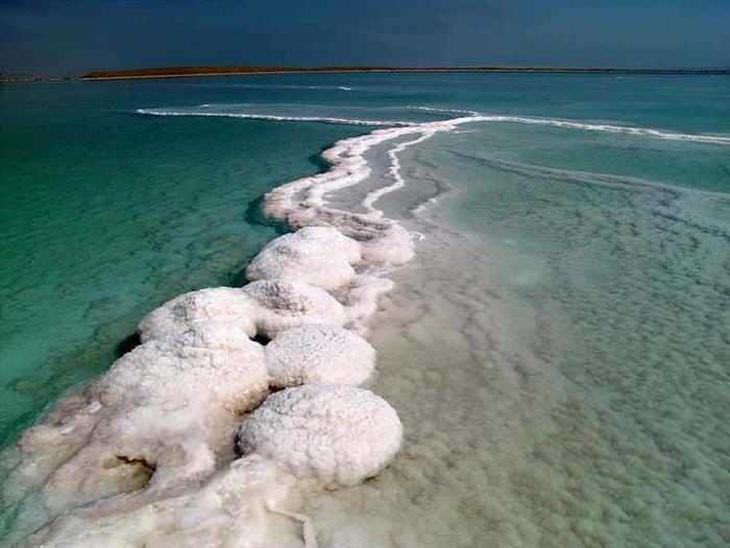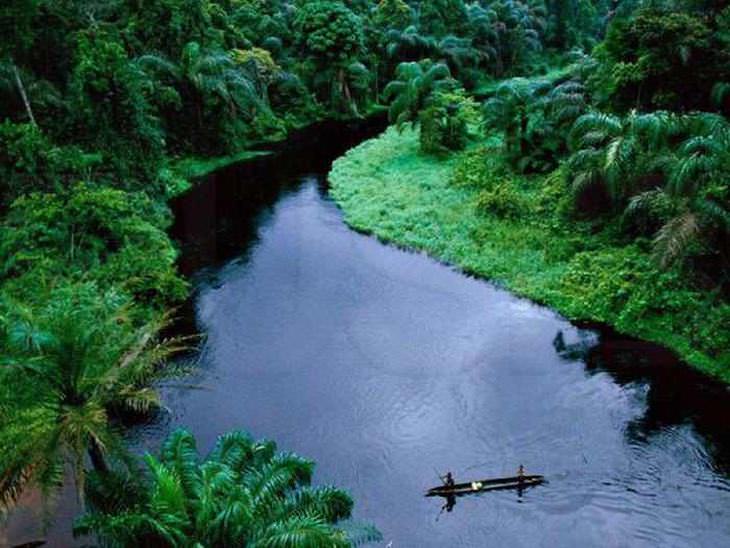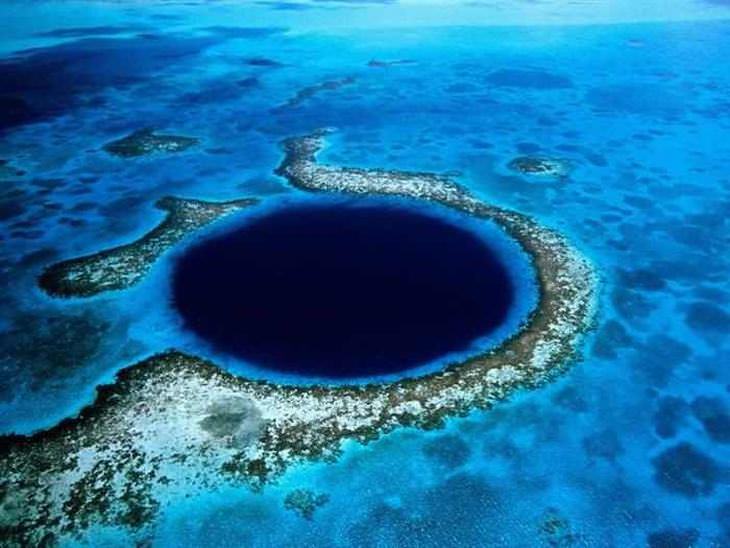1. Yangtze River Basin
This natural region in China has a wealth of fauna and flora, but these, sadly, are today facing destruction due to deforestation and the construction of dams and reservoirs. The Chinese government also faces a dilemma. If they allow tourists to roam the area then damage might come to the ecology of the Yangtze River Basin. But income from tourism can go towards rehabilitating the area and investing in conservation efforts to save this wonder. A hard choice. I hope they choose wisely.
2. Tahuamanu Jungle (Peru)
The world is sorely lacking in mahogany trees, due to the high demand of this lumber. The last of them grow in the Tahuamanu Jungle in Peru. Due to the high price of mahogany (each tree's lumber can be worth up to a million dollars in furniture), there is a lot of illegal logging going on, but at the same time, even legal logging is allowing too many farmers and hunters to enter the forests, thus further reducing this area's natural resources.
3. World Tiger Population
About half of the world tiger population lives in India. Estimates put the free tiger population at about 3-4 thousand, while 100 years ago, India alone had about 100,000 tigers. Ecologists worry that the tiger, might become extinct within a decade. To this day, poachers illegally hunt and kill tigers to use in Chinese traditional medicines, with an average of one tiger killed every day. Tigers are also hard to breed in captivity, because migration is part of the reproduction cycle of these creatures. Many efforts are being made to breed more free tigers and give them areas to roam, and I really hope we do not lose this amazing animal.
4. North and South Poles
You may or may not believe in catastrophic man-made climate change, though some data might suggest that the poles are getting smaller. Their possible destruction not only threatens higher sea levels, but also a decimation of the world's penguin and polar bear populations, which rely on these locations.
5. Maldives
With rising of sea levels, low-lying places like the Maldives, which only lies about 2 meters above sea level - will surely be flooded. In 2008, the president of the Maldives announced that they will be buying land in other countries to help those who may lose their homes to flooding.
6. Madagascar
Madagascar is one of the last free and wild places on earth. But this African state's forests are facing a grim future in which all the forests will be cut down within the next three decades, and with them all of the country's rare species, some of which have not even been studied yet. It would be an enormous loss to the natural world if such a thing were to happen.
7. Everglades National Park (Florida, USA)
The Everglades National Park in Florida is the only place where the Florida panther lives. Due to contamination from surrounding farms, the invasion of people from nearby places and the fact that over 60% of its water is used by nearby cities and farms - the park has halved in size in the last 100 years, and in a few decades the Florida panther, along with as many as 20 more species, will be completely gone.
8. The Dead Sea
The area of the dead sea, the lowest place on earth and a natural wonder, has been reduced by a third over the last 40 years. Its former beaches are now more than a mile away from the shoreline. This is because the surrounding countries have been using water from the Jordan river, which feeds the dead sea. If this continues, the dead sea may dry up indefinitely.
9. Congolese Basin
This is the largest jungle area after the Amazon, but by 2040, warns the UN, two-thirds of the unique animals and vegetation of this area will be lost due to grazing, mining and the guerrilla war happening in this region of Africa. Not only are the animal species getting destroyed, but the reduction in forest area means that there will be a reduction in carbon dioxide (CO2) absorption by the trees, which will reduce rainfall for the area, adding to its degradation.
10. Belize Barrier Reef
The Belize Barrier Reef used to be a place full of marine life, teaming with activity. But since 1998, it has lost up to 50% of its corals, and the ones that are left are unhealthy, perhaps due to human activities and the rising of sea temperature.


